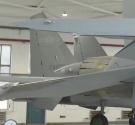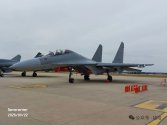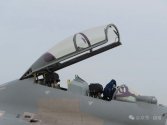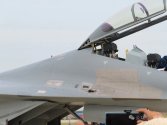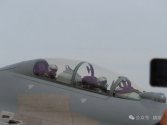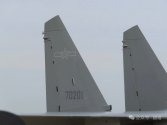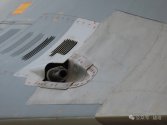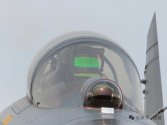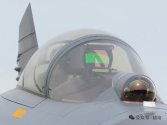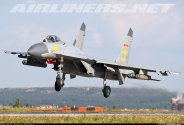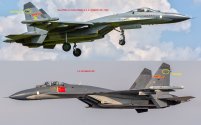Also interesting ...
You are using an out of date browser. It may not display this or other websites correctly.
You should upgrade or use an alternative browser.
You should upgrade or use an alternative browser.
China Flanker Thread III (land based, exclude J-15)
- Thread starter Blitzo
- Start date
【锁定F22,那么代价是什么?【军工组】-哔哩哔哩】Because neither side disclose this. But be assured that there are videos recorded by both sides since they happen well WVR.
That said I find it hilarious that Canucks and Australians consider close intercepts of ELINT unprofessional and make a huge fuss about it but keep these thing really quiet. Perhaps they don’t want the sheeple to find out and panic, like they do with pretty much everything else nowadays.
Yankeesama provides a lot of interesting information on this and other confrontation incidents. Apparently USAF had the upper hand in a lot of earlier encounters but as time went on PLAAF is winning vast majorities of these confrontations. In addition, a lot of PLAAF top brass wanted to see specific J-16 involved in the intercept and ground crew had to work hard to keep it clean and pretty.
I apologize if this is a war thunder-tier question but, have the J-11A planes received new radars and RWRs? Unfortunately my google-fu isn't nearly good enough to figure this out and I'm really curious about it.
They received new RWR and EW but not new radars. Still using the good old N001. Russian flankers’ avionics are architectures in a non modular manner, so upgrading them is very difficult and not worth the effort for an airframe that’s about to retire anyway.
Would you mind enlightening me to that RWR? If nothing else I'd like to make a bug report to get them to change that godawful SPO-15LM to something more usable, thanks.They received new RWR and EW but not new radars. Still using the good old N001. Russian flankers’ avionics are architectures in a non modular manner, so upgrading them is very difficult and not worth the effort for an airframe that’s about to retire anyway.
Something I've been noticing WRT Chinese flankers, the first inner pylons from the wing tips have traditionally always been used for IR missiles, whereas Russian flankers have shown to be able to carry R-77s, is this a doctrinal thing to only carry IR missiles on the outer 2 pylons per side or is it simply unable to carry a Fox 3 there? The only exception I've seen is a J-15 carrying a PL-12 on the second outermost pylon.
plawolf
Lieutenant General
Something I've been noticing WRT Chinese flankers, the first inner pylons from the wing tips have traditionally always been used for IR missiles, whereas Russian flankers have shown to be able to carry R-77s, is this a doctrinal thing to only carry IR missiles on the outer 2 pylons per side or is it simply unable to carry a Fox 3 there? The only exception I've seen is a J-15 carrying a PL-12 on the second outermost pylon.
It’s just to reduce unnecessary wear and tear by not needlessly hanging heavy loads on the outermost pylons.


